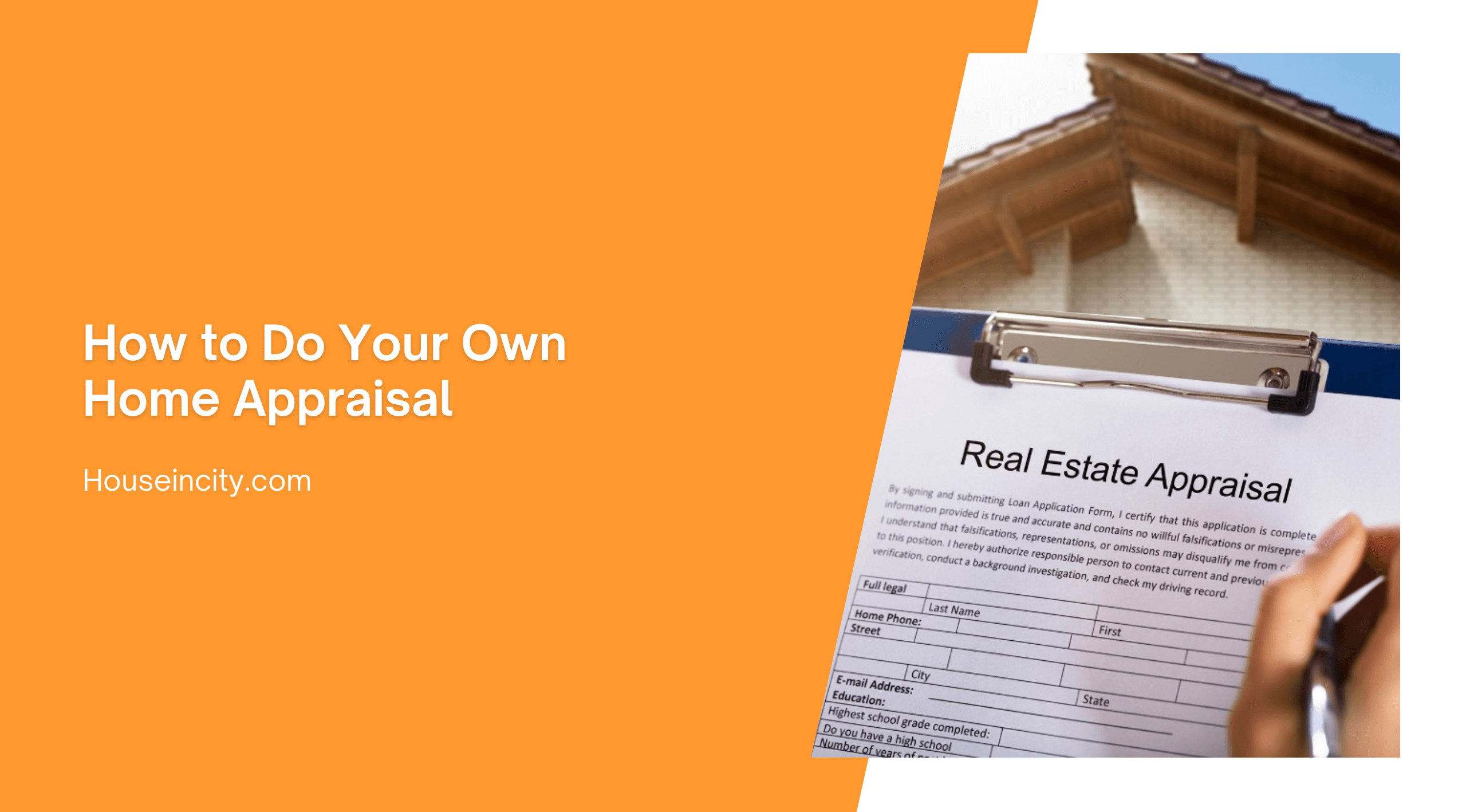A home appraisal is an estimation of the value of your home. You will need an appraisal anytime you would like to buy, sell, refinance or take equity out of your home. The whole purpose of the appraisal is to determine the fair market value of the home. This is what you could expect to sell the home for if you sold it today.
There are two accepted methods of determining the value of your home for an appraisal. Replacement cost analysis is based on the cost of purchasing the land and building the home on it. If it were to cost $70,000 to purchase the land and $225,000 to build the home, the replacement cost analysis method would value the home at $295,000. This method is seldom used. It can be difficult to determine the value of the home this way because different factors may prevent an accurate measure of the land or even of the home itself. For most purposes, it is simply not a useful measurement of real value.
Comparable sales, or “comp” in the jargon of the real estate agents is a more useful tool for determining your home’s value. Using some simple real estate forms, some mathematics and knowledge of the sales prices of other similar home in your area, you can arrive at a realistic figure for your home’s value.
The basic process in arriving at a value through a comparable sales appraisal is, as the name suggests, comparing the home to other homes that have already sold in your area. You want to be sure to select homes that are comparable to yours. Try to match as many details of your home as possible with those you are comparing it. Then more similar the homes are to your own home, the more accurate a picture you will get. Use simple real estate forms to record your comparison information.
Factors to consider for comparison are number of bedrooms, number of bathrooms, general upkeep of the homes and any outbuildings such as garages. Also, look at the appearance of the exterior and the landscaping for each home. The proximity of each home to amenities like schools, shopping, emergency services and parks can also be considerable factors for comparison. You may have to drive by some of the homes to get a better idea for the comparison. Do not be afraid to take some pictures and notes while you are making the comparison.
There will be cases where the comparison home has features your home does not, or your home has features the comparison home does not. In these instances, you will want to add or subtract the value of that feature from the selling price of the comparison home. So, for instance, if your comparison home has three bedrooms and your home has four, you will want to add the value of a fourth bedroom to the selling price of the comparison home. You will treat this new figure as though the home actually sold for that amount.
Once you have made adjustments for the differences between the comparable homes, average the selling prices to get the comparable market value for your home. You get the average by adding the prices of the homes together and then dividing by the number of homes in the comparison. Therefore, if you used three comparison homes that sold for adjusted prices of $150,000, $117,000 and $115,000 your comparable market value would be $127,000.
When you do a comparable sales appraisal on your home, try to use homes that have sold in the last year and if possible in the last six months. The more recent the sales data you use, the more accurate the appraisal result will be.
